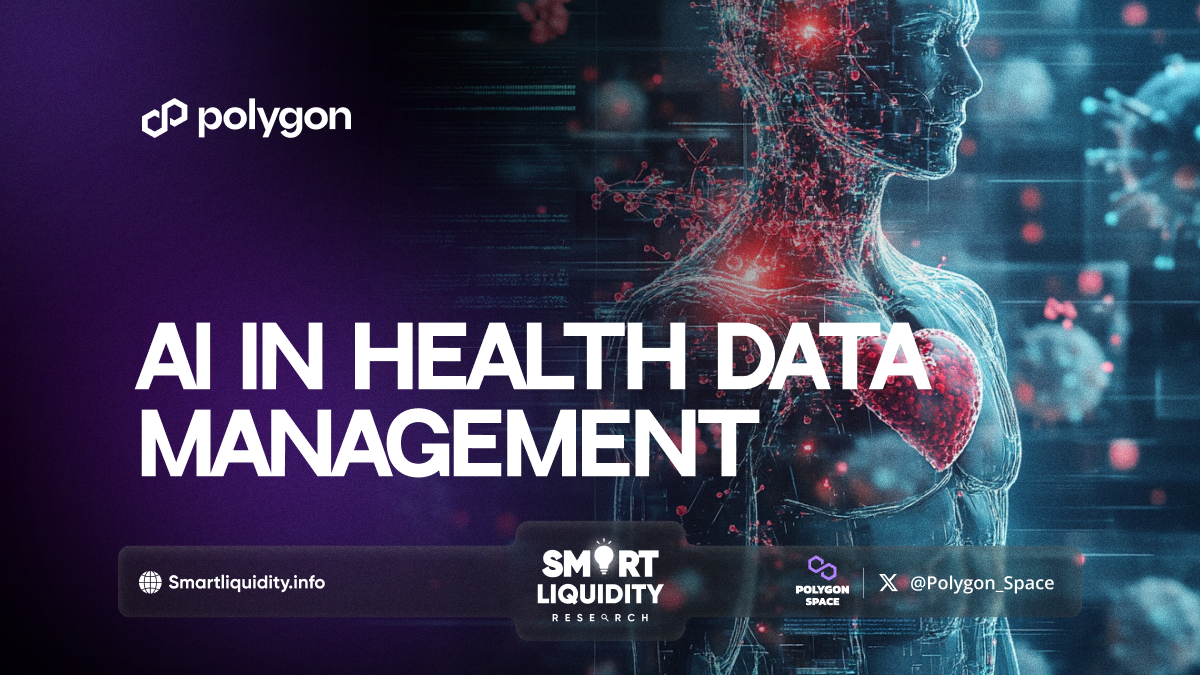AI in Health Data Management on the Polygon Network


In recent years, the integration of artificial intelligence (AI) in health data management has revolutionized how healthcare organizations operate. Moreover, the Polygon Network, known for its scalability and low transaction costs, provides an ideal platform for leveraging AI in this critical sector.
First and foremost, AI algorithms can process vast amounts of health data rapidly. For instance, machine learning models can analyze patient records to identify patterns that may go unnoticed by human professionals. Additionally, these models can predict patient outcomes, leading to more personalized treatment plans. Consequently, healthcare providers can deliver more effective care while reducing costs.
Furthermore, the Polygon Network ensures that health data is stored securely and transparently. By utilizing blockchain technology, patient information is protected against unauthorized access. As a result, patients can trust that their data is safe, which encourages more individuals to engage in digital health solutions. In turn, this increased engagement leads to richer datasets, enhancing AI’s effectiveness.
However, challenges remain. For example, the quality of the data is paramount; inaccurate or incomplete information can skew AI predictions. Therefore, it is essential for healthcare organizations to implement robust data validation processes. Similarly, the ethical implications of AI in healthcare must be considered. Thus, clear guidelines and regulations are necessary to ensure patient privacy and data integrity.
In conclusion, the application of AI in health data management on the Polygon Network is a game-changer. While there are hurdles to overcome, the potential benefits are enormous. Ultimately, the combination of AI and blockchain technology can lead to improved patient outcomes, enhanced efficiency, and a more secure health data ecosystem. As such, stakeholders must collaborate to harness this technology effectively, ensuring a healthier future for all.




